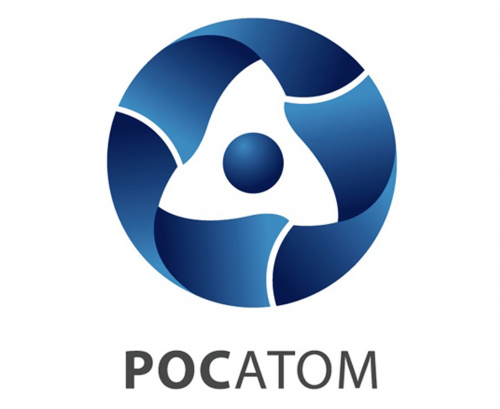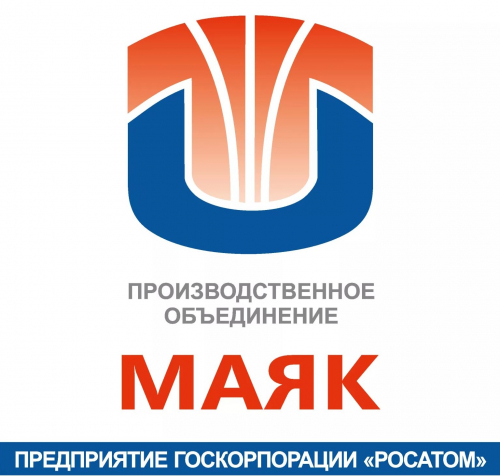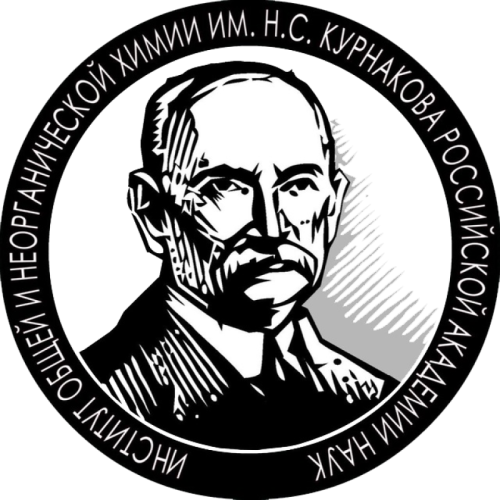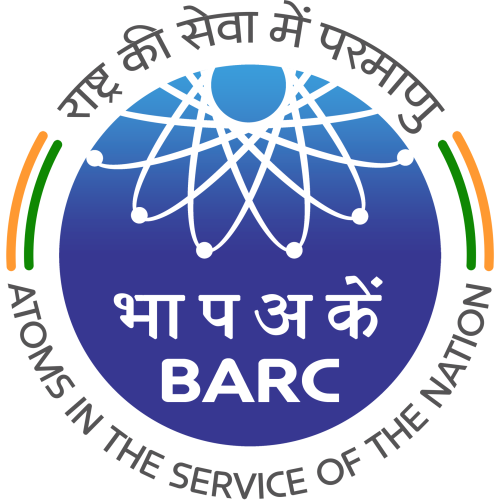Laboratory of Dosimetry and Environmental Radioactivity (DiROS)
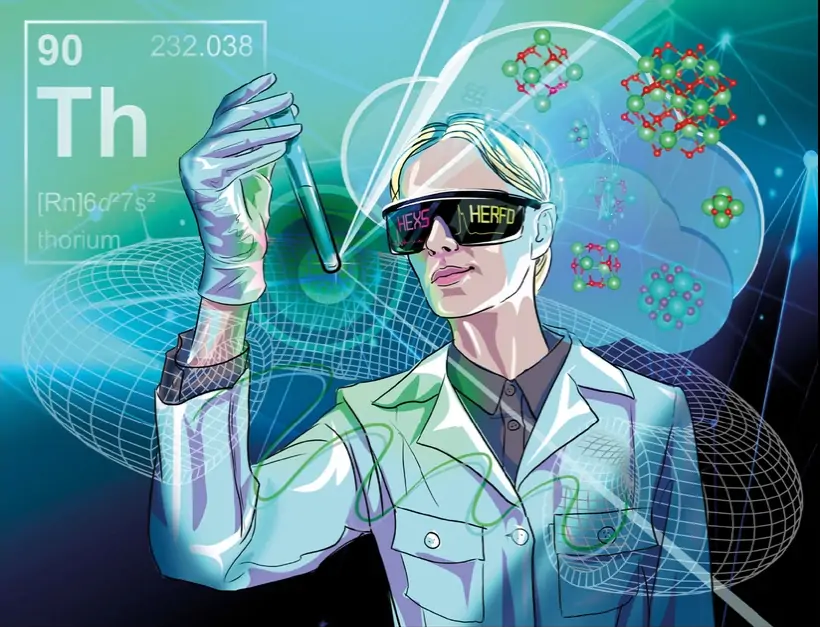
Fundamental and applied research in the field of the final stages of the nuclear fuel cycle (back-end) is intensively conducted in our laboratory. Other areas are the determination of the dose of ionizing radiation accumulated in various materials, research and development of materials for individual dosimetry and nuclear forensics.
- X-ray phase analysis
- X-ray scattering
- X-ray absorption spectroscopy
- High-resolution transmission microscopy
- EXAFS
- XANES

Research directions
Dosimetry and radiation resistance
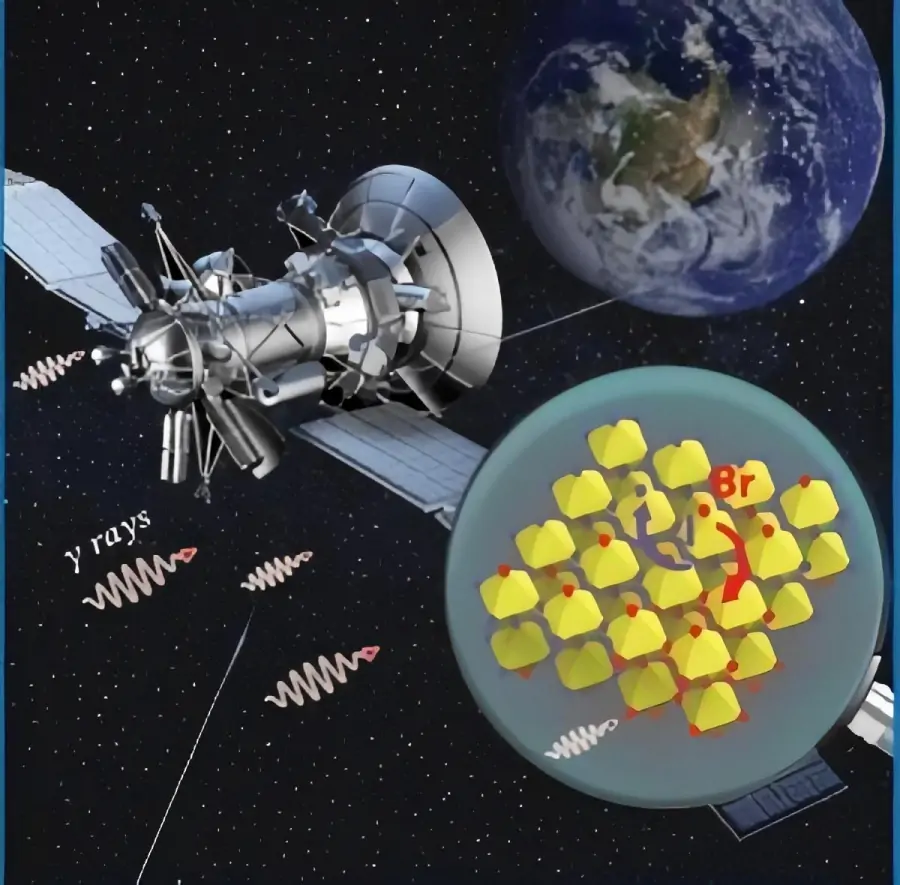
Working with ionizing radiation is associated with its dangerous effects on the body. Such effects must be controlled. For this purpose, such a concept as the amount of absorbed, equivalent or effective dose is used. To assess the dose, materials are used that are capable of storing energy in the form of structural defects and then radiating it when heated. This method is called thermoluminescent dosimetry. Our laboratory is engaged in the development and research of such materials. An important property of materials used in nuclear and space technologies is their radiation resistance. Therefore, no matter how promising a material/molecule would be in its physico-chemical properties/However, in the case of weak radiation resistance, its use becomes impossible. In our laboratory, we study the properties of organic and inorganic materials (gamma-ray irradiation), as well as develop methods for the theoretical prediction of radiation resistance.
Computational Chemistry and Chemical Design
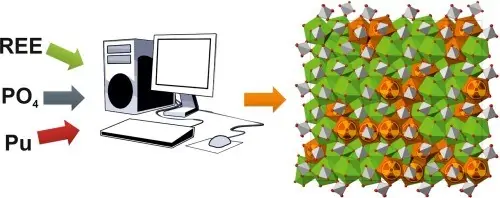
Within the framework of this area, work is underway on the use of quantum chemical approaches and artificial intelligence methods to solve various chemical problems.
Nuclear forensics
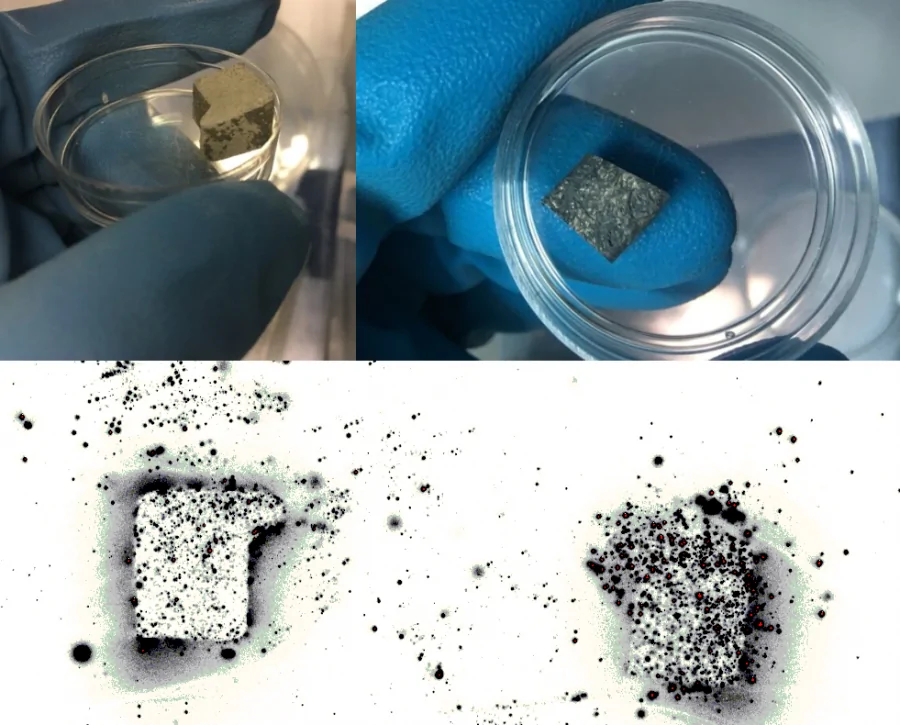
In 2018, the Faculty of Chemistry, together with NP "Laboratory of Microparticle Analysis", joined the International Working Group on Nuclear Forensics (ITWG) from Russia. The task of this working group is to develop the scientific and methodological discipline of Nuclear Forensics, to develop a common approach and to develop effective technical solutions to all emerging issues of illegal handling of nuclear and radioactive materials. Since its inception in 1995, ITWG has focused on best practices in nuclear forensics by developing methods for forensic examination of nuclear, other radioactive and radiologically contaminated materials.
Nuclear materials. New fuels and spent fuel reprocessing
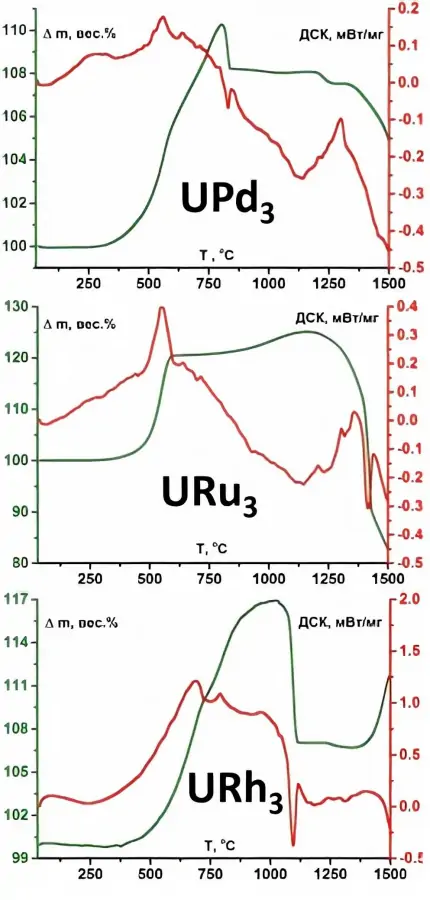
One of the important tasks of modern radiochemistry is the development of technologies that contribute to the closure of the nuclear fuel cycle. Fast neutron reactors are the basis of a closed nuclear fuel cycle. The operation of reactors of this type involves solving many engineering and scientific problems. One of these is the creation and processing of new fuel materials for reactors of this type. It is proposed to use uranium and plutonium containing materials based on oxides, nitrides, or carbides as fuel for fast neutron reactors. The production of such fuels is a complex process that requires a large amount of information from the field of actinide chemistry and materials science. One of the problems is the search for new ways to synthesize uranium dioxide, the main material of fuel pellets. The most common use for this purpose is the reduction of uranium (VI) compounds in a hydrogen atmosphere when heated to 800-900 oC. There are alternative schemes that require a heating temperature of 90-100 oC and include the use of reducing agents such as hydrazine. However, these processes require more in-depth study, which is carried out by the staff of the DiROS laboratory. No less difficult and ambitious is the task of reprocessing spent fuel, that is, fuel that has already been in a nuclear reactor, of the listed types. Despite the general successes in this field, there is a vast field of activity for a radiochemist scientist here. DiROS laboratory's research in this area is related to the processes of tritium localization at the very beginning of the processing of irradiated fuel. For this purpose, the process of volumetric oxidation of fuel into an oxygen–containing atmosphere - oxidation - was previously proposed and is now being actively developed. Processes that are an alternative to the classical dissolution of fuel in nitric acid are also being actively developed. These processes are based on the interaction of the fuel material with NOx gases or nitric acid vapors and are called nitriding.
Separation chemistry of f-elements
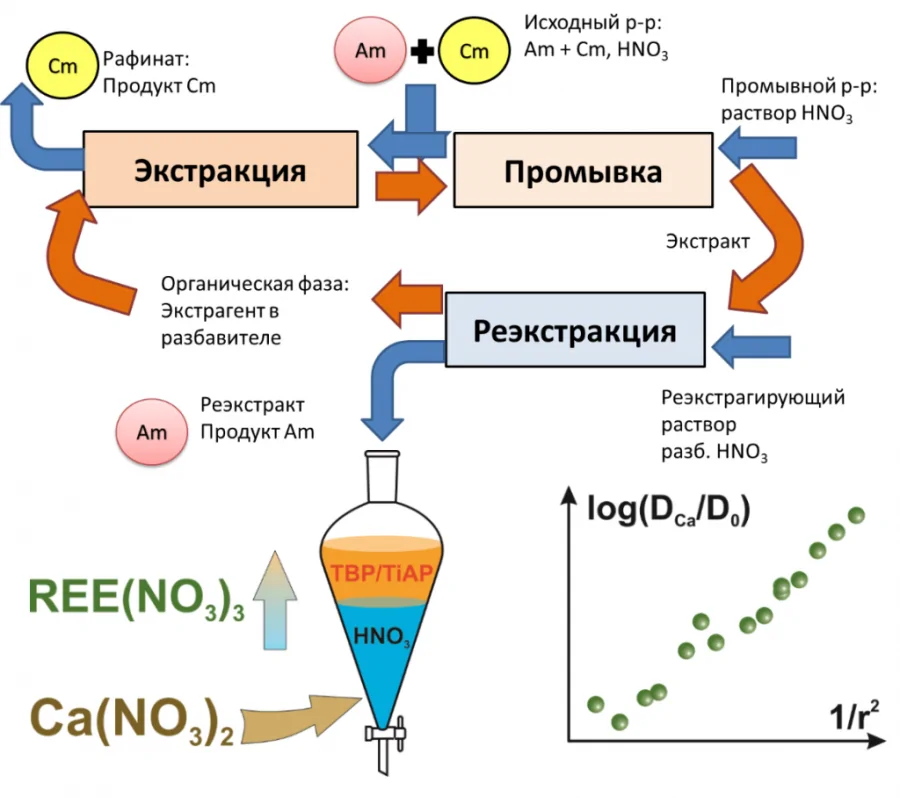
Search for new extraction systems for separation of f-elements in the nuclear fuel cycle. Investigation of new extractants for the selective isolation of americium from highly active waste: determination of the influence of various parameters on extraction efficiency and separation capacity, establishment of extraction mechanisms, establishment of radiation resistance of extractants, as well as structures of f-element–extractant complexes.
Matrices for the immobilization of radioactive waste
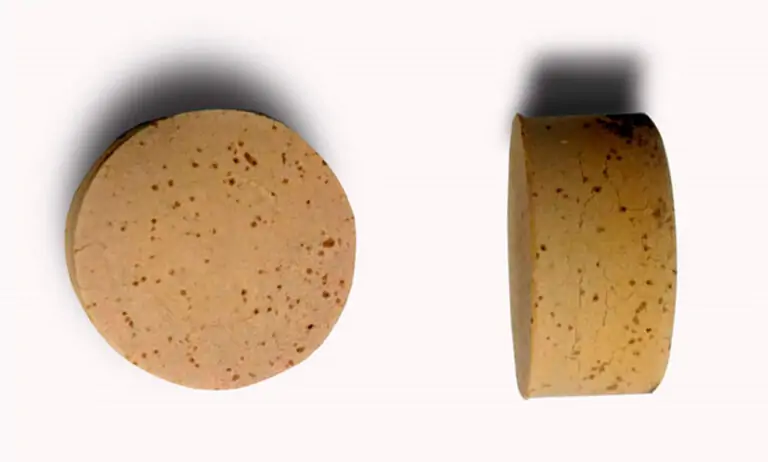
All radioactive waste that is placed in underground storage must be in a cured form that is resistant to chemical effects (radionuclides should not leach out if water enters the storage), radiation and thermal effects (consequences of radioactive decay of radioactive waste components), mechanically resistant (does not break down during transportation and placement in storage). Different types of matrix (glass, ceramics, cements) have their advantages and disadvantages. The type of matrix is selected for specific types of RAW. In the DiROS laboratory, we investigate various matrix compositions that are most optimal for traditional and new types of radioactive waste (for example, waste from pyrochemical processing of spent nuclear fuel).
Barrier materials and promising sorbents
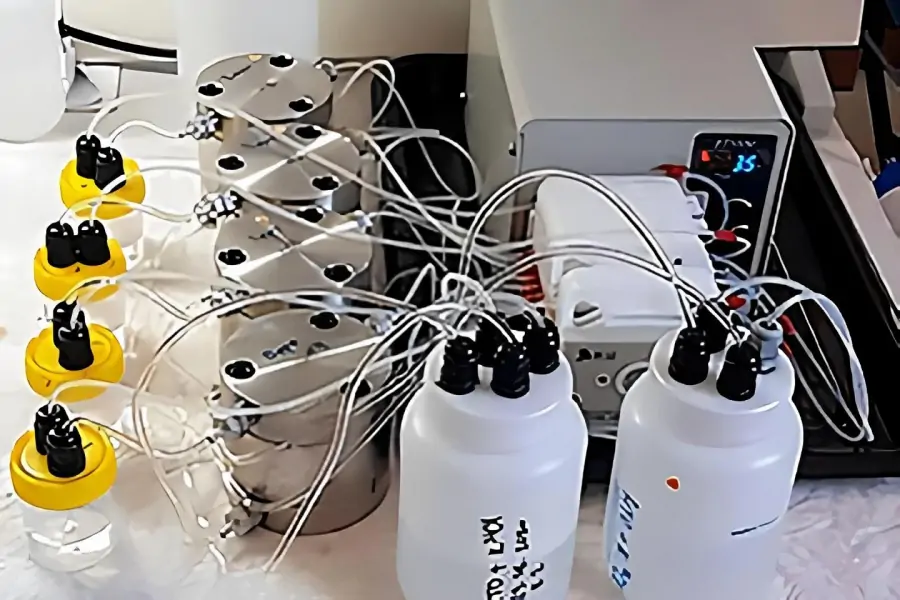
An urgent problem of nuclear energy is the development of methods for handling radioactive waste (RW) of various compositions and ways to isolate them from the biosphere. One of the technological methods of handling aqueous solutions containing radionuclides is sorption methods, which make it possible to isolate or separate the necessary components of the solution. The scientific objective of the work in this area is to develop the scientific foundations of technologies for the use of various promising nanomaterials for the effective extraction of long-lived radionuclides (actinides and basic fission products) from aqueous solutions of various compositions. At the moment, research is underway on such nanomaterials as graphene oxide, various REE phosphates, titanium oxide, etc. In accordance with the requirements of radiation safety and international standards for the treatment of radioactive waste, the creation of a multi-barrier safety system is required for their isolation. The material of the engineering barrier should limit the flow of natural water into the storage, reduce the levels of corrosion of containers and matrices containing radioactive waste, as well as limit the migration of radionuclides to the environment. Bentonite clays (bentonites) with high sorption properties and low water permeability, as well as various composite materials based on them, are considered to be one of the most promising components of engineering barriers. Within the framework of this area of work, the sorption and migration properties of various barrier materials are studied: clay minerals and components of host rocks.
Chemistry of actinides in aqueous solutions
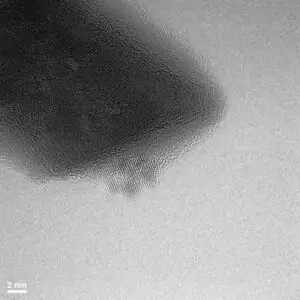
The scientific task, which is set within the framework of this direction, is to establish fundamental patterns of behavior of true and pseudo-colloidal particles containing actinides in aqueous solutions. The study of the formation of actinide dioxides in natural and technological systems is of great fundamental and applied importance. In particular, it is important for assessing the safety of projected radioactive waste disposal facilities and developing measures for the rehabilitation of territories contaminated with radionuclides. This scientific direction also includes conducting model experiments to study the sorption and colloid formation of radionuclides under strictly controlled conditions at the mineral/water interface and determining changes in the physico-chemical forms of radionuclides during the reaction. The acquired data form the basis for thermodynamic modeling of reactions of radionuclides with environmental components using modern computer codes.
Environmental radioactivity
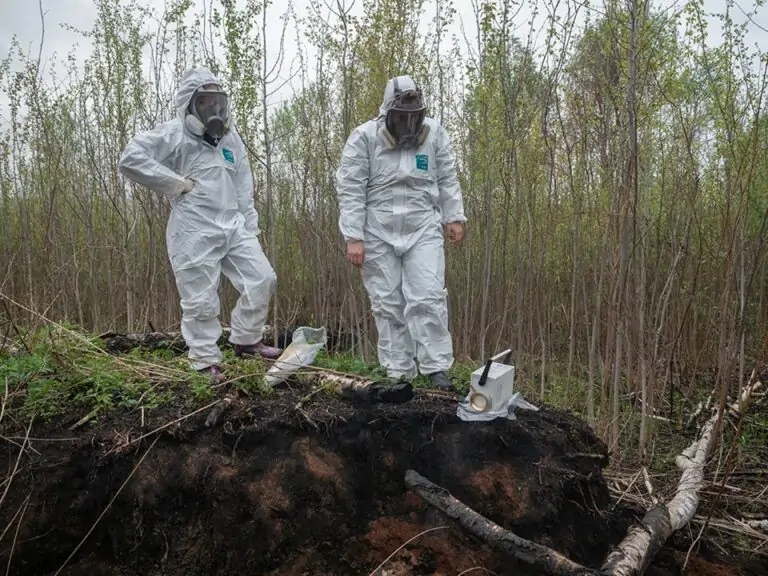
The chemical behavior of actinides, especially with multiple degrees of oxidation (U, Pu, Np), is highly variable under environmental conditions and depends both on the initial form of receipt, as in the case of "hot" particles, and on a whole complex of medium parameters (pH-Eh of the medium, temperature, cationic and anionic composition of solutions; composition of the host rocks, etc.). An additional problem is to determine the role of the mobile colloidal form of actinides in the specific geochemical conditions of the near zone of radioactively contaminated objects. Such facilities include historically accumulated repositories of radioactive waste (RW), which, along with traces of accidental releases of radioactive materials, are potentially dangerous sources of environmental pollution and, above all, water reserves. The establishment of the physico-chemical state of actinides in specific nuclear heritage sites, carried out for the purpose of scientific substantiation of ways to rehabilitate the territory, as well as forecasting the migration behavior of radionuclides in certain geochemical conditions, is the main task of this scientific direction. The assessment and long-term forecast of the environmental condition in the area of RW storage facilities includes consideration of the chemical interaction of radionuclides with corrosion products of engineering barriers, clay minerals and host rocks, the establishment of mechanisms of reactions at the interface at the nano- and micro-levels, as well as numerical methods for calculating the migration behavior of various radionuclides (actinides, basic fission products) in the conditions of a controlled facility.





